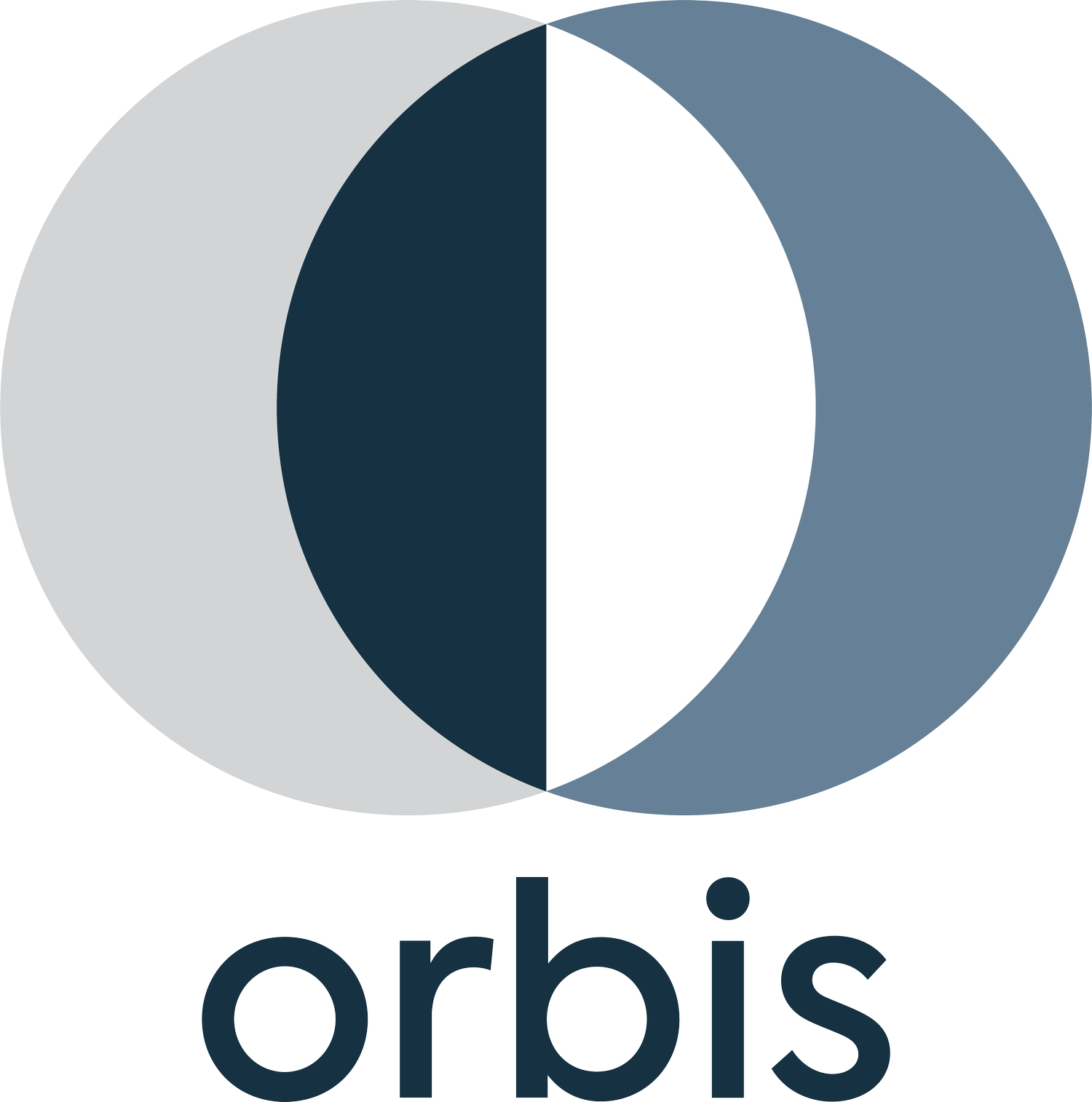Carbon Risk Real Estate Monitor (CRREM): What it is, why it matters, and how we can help
Want to stay ahead of the climate challenges? Use CRREM to position your portfolio for future success.
If your business is looking to understand how global Net-Zero targets may impact the value of standing real estate investments, and how your portfolio can become resilient to these climate challenges, conducting a CRREM assessment is hugely informative and an excellent place to start. Being a climate change risk management tool, the CRREM assessment evaluates stranding risk at both the portfolio and asset levels, factoring in energy use, emissions data, and regulatory requirements. This analysis provides your business with critical insight into the potential obsolescence or devaluation of assets, helping to guide your strategic investment decisions as we transition to a low-carbon economy and supporting your development of a resilient and sustainable real estate portfolio. At Orbis Advisory, we offer to conduct this assessment of your portfolio and deliver a comprehensive CRREM results report to communicate detailed findings and strategic recommendations.
CRREM Overview
As climate change becomes an ever-pressing concern, the real estate sector faces a growing array of regulatory, financial, and operational pressures. As a result, the need for sustainable, risk-aware real estate management is becoming a strategic necessity. That’s where the Carbon Risk Real Estate Monitor (CRREM) comes into play.
CRREM is the leading initiative to help decarbonise the building sector by 2050. The primary purpose of CRREM is to assess the stranding risk of individual assets across the desired portfolio. This means identifying assets linked to direct climate change impacts and the transition to a low carbon economy which are vulnerable to devaluation or may even become obsolete before the end of their expected useful life, resulting in a ‘stranded’ asset. Reasons for this stem from the expected changes in the market and regulatory environment, where energy inefficient buildings may fail to meet future regulatory standards, in turn facing penalties, higher operating costs or incompliance shutdowns. Coupled with changing consumer preferences towards more energy efficient and environmentally friendly real estate, these factors feed into the transition risk of assets.
Through their advanced science-based Carbon Risk Assessment Tool, CRREM enables property owners, investors, and managers to evaluate the alignment of their real estate assets with the goals of the Paris Agreement, and in turn, stranding risk. This means assessing asset and portfolio alignment with the goal of limiting global warming to 1.5°C by the end of the century. Thus, the CRREM Tool is designed to calculate the carbon emission intensities and energy consumption intensities of individual assets and overall portfolios. It focuses on operational (“in-use”) emissions from standing investments, along with the effect of retrofit investments, and uses this data to assess the 1.5-degree-readiness of assets. This is achieved by modelling energy use and carbon emissions of assets, considering factors such as grid decarbonisation and higher energy demand due to climate change. These are then assessed against industry- and country-specific operational carbon reduction targets, or so-called target decarbonisation pathways, through to 2050. The asset is deemed stranded when its decarbonisation pathway exceeds the target pathway, indicating it is no longer aligned with the desired climate goals.
CRREM Benefits
CRREM's core functionality revolves around two main components: the benchmarking of buildings against future decarbonisation pathways and the identification of potential financial and physical risks associated with carbon emissions. By using CRREM, you gain insight into how your assets measure up against established climate targets and can make data-driven decisions to mitigate risks and seize opportunities in a transitioning market. Through its identification of potentially stranding assets based on performance against the benchmark, the CRREM Tool offers insights into the financial implications, including the associated carbon costs of excess emissions (those surpassing the benchmark), as well as the financial costs of retrofitting to re-align the asset with the target decarbonisation pathway. Additionally, for assets with pre-defined retrofit investments, the CRREM tool assesses the effectiveness of these energy efficiency investments, indicating the performance improvement and readjusted alignment with the benchmark. By assessing the asset and portfolio alignment with the target pathways, CRREM provides a detailed view of their carbon footprint and highlights how well they align with current and future climate regulations and net-zero standards. Overall, the CRREM outputs support strategic decision-making for asset management, providing useful insights for risk mitigation and the enhancement of portfolio value through carbon reduction strategies, while facilitating reporting on carbon performance.
CRREM Challenges
While the CRREM tool offers valuable insights, its implementation and use can present challenges. The tool is highly complexity, with a technical back-end, and demands extensive data collection (including EU-aligned conversions), and the ability to configure user-defined modelling settings. As a result, fully optimising its potential requires advanced technical knowledge, specialised skills, and a significant time investment, particularly for data collection. This specialised knowledge and skills, particularly of climate science and regulation, are also required for analysing and interpreting CRREM outputs. Integrating these findings into existing business strategies can also be time-consuming and may stretch internal resources and capabilities.
How We Can Help
To combat these challenges, we at Orbis Advisory offer a range of services to support your business in conducting a CRREM assessment. This includes everything from supporting data collection and processing for CRREM use to conducting a full assessment, interpreting CRREM outputs, providing strategic recommendations, and delivering a detailed CRREM results report.
Specifically, to begin the assessment, we assist with collecting and processing your asset-level data, ensuring accuracy and proper application thanks to our team’s specialised expertise of our team. We then leverage our industry knowledge to interpret the CRREM outputs and identify critical sources of carbon and financial risk across your portfolio, helping you identify key assets at risk of stranding. Further, we go beyond merely presenting the CRREM outputs by offering tailored interpretations and recommendations. Our experts will work closely with you to develop strategic decarbonisation measures that are specific to your portfolio and individual assets, helping you mitigate risks and future-proof your investments. Following the complete assessment, we offer to compile a comprehensive CRREM results report that discusses these findings, interpretations and recommendations in detail.
By leveraging CRREM insights, we help ensure that your real estate portfolio is not only compliant with climate regulations but also positioned to thrive in a low-carbon future.
Call to Action
In a rapidly changing world, understanding and managing carbon risk is not just an option, it’s a necessity. Let Orbis Advisory guide you through the CRREM assessment process and help you turn potential challenges into opportunities for growth and sustainability. Contact us today to discover how we can support your journey towards a more resilient and sustainable real estate portfolio.

